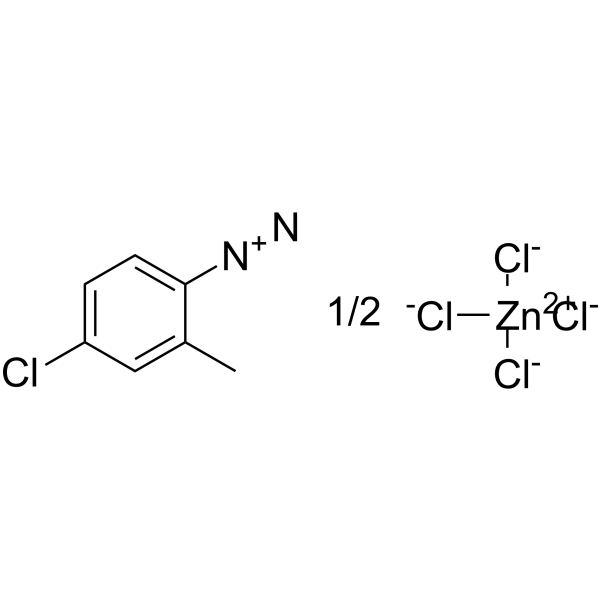Shaping of colony elements in Laomedea flexuosa Hinks (Hydrozoa, Thecaphora) includes a temporal and spatial control of skeleton hardening.
I A Kossevitch, K Herrmann, S Berking
文献索引:Biol. Bull. 201(3) , 417-23, (2001)
全文:HTML全文
摘要
The colonies of thecate hydroids are covered with a chitinous tubelike outer skeleton, the perisarc. The perisarc shows a species-specific pattern of annuli, curvatures, and smooth parts. This pattern is exclusively formed at the growing tips at which the soft perisarc material is expelled by the underlying epithelium. Just behind the apex of the tip, this material hardens. We treated growing cultures of Laomedea flexuosa with substances we suspected would interfere with the hardening of the perisarc (L-cysteine, phenylthiourea) and those we expected would stimulate it (dopamine, N-acetyldopamine). We found that the former caused a widening of and the latter a reduction in the diameter of the perisarc tube. At the same time, the length of the structure elements changed so that the volume remained almost constant. We propose that normal development involves a spatial and temporal regulation of the hardening process. When the hardening occurs close to the apex, the diameter of the tube decreases. When it takes place farther from the apex, the innate tendency of the tip tissue to expand causes a widening of the skeleton tube. An oscillation of the position at which hardening takes place causes the formation of annuli.
相关化合物
| 结构式 | 名称/CAS号 | 分子式 | 全部文献 |
|---|---|---|---|
 |
固红TR半氯化锌盐
CAS:89453-69-0 |
C14H12Cl6N4Zn |
|
Alkaline phosphatase staining of pig and sheep epiblast cell...
1993-10-01 [Mol. Reprod. Dev. 36(2) , 139-47, (1993)] |
|
Fluorescent cytochemistry of acid phosphatase and demonstrat...
1997-12-01 [Histochem. Cell Biol. 108(6) , 481-7, (1997)] |
|
Kinetic analysis of chemical reactions coupled to an enzymic...
1984-11-01 [Biochem. J. 223(3) , 633-8, (1984)] |
|
An improved in situ hybridization method for the detection o...
2008-09-01 [J. Fish Dis. 31(9) , 669-77, (2008)] |
|
Improved in situ hybridization: color intensity enhancement ...
1996-06-01 [Biotechniques 20(6) , 964-6, 968, (1996)] |